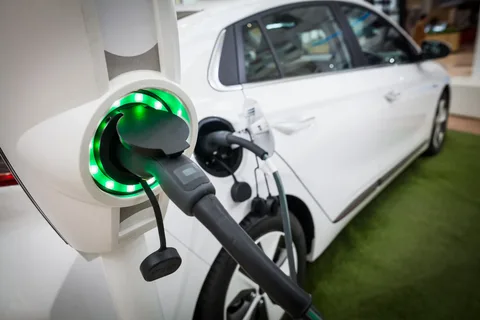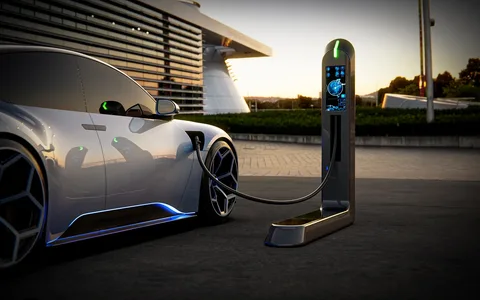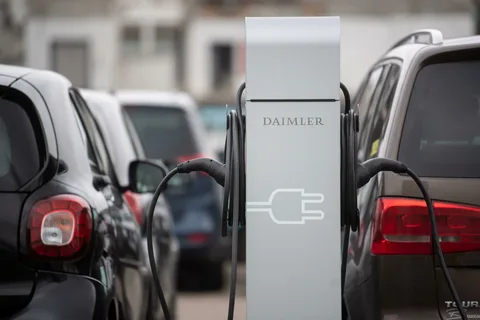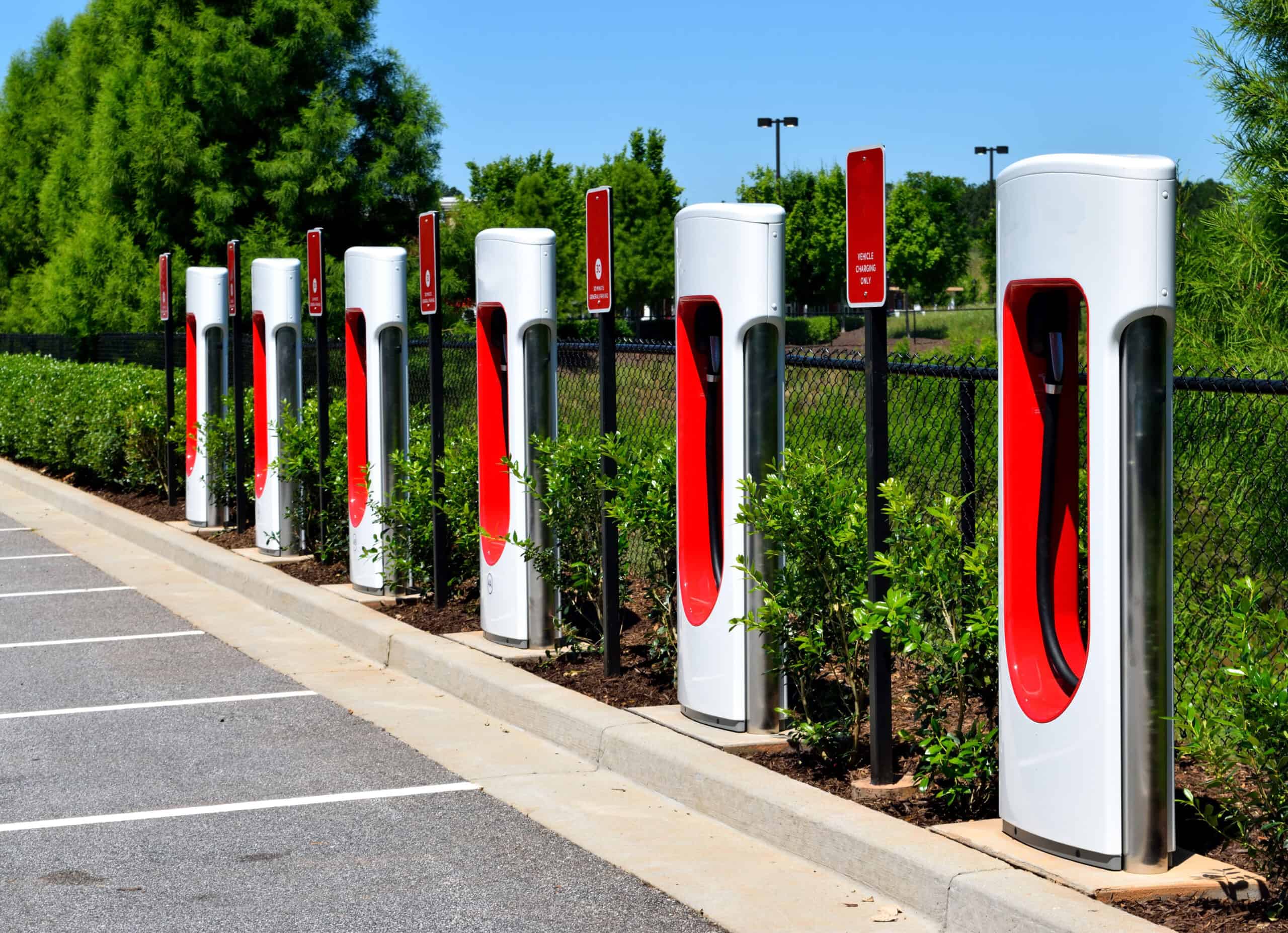Demystifying EV Charging Stations: A Closer Look at How They Work
Electric vehicle (EV) charging stations are the backbone of the EV infrastructure, providing drivers with the means to power up their vehicles conveniently and efficiently. But how exactly do these charging stations work, and what goes on behind the scenes? Let’s delve into the intricacies of EV charging and unravel the mystery behind their functionality.

EV charging stations operate on a simple premise: they deliver electricity from the grid to the vehicle’s
battery, replenishing its energy reserves for continued use. The process begins when an EV driver parks
their vehicle at a charging station and connects it to the charger using a compatible plug.

In America, regions like Broward County, FL., Miami-Dade County, FL, Palm Beach County, FL., and St.
Lucie County, FL., are witnessing a surge in EV adoption, driving the demand for accessible charging
infrastructure. EV drivers in these areas can easily locate charging stations “near me” using online
platforms and mobile apps, ensuring they always have a place to recharge

Once connected, the charging station communicates with the vehicle to initiate the charging process.
Depending on the type of charger and the vehicle’s battery capacity, charging times can vary
significantly. Level 1 chargers, which utilize standard household outlets, offer slow charging speeds and
are ideal for overnight charging at home. Level 2 chargers, powered by 240-volt outlets, provide faster
charging rates and are commonly found in public parking lots, workplaces, and residential areas. Level 3
chargers, also known as DC fast chargers, deliver rapid charging capabilities, making them suitable for
long-distance travel and highway rest stops
Tesla owners, in particular, benefit from the extensive network of Tesla Superchargers strategically
located across the country. These fast-charging stations are designed specifically for Tesla vehicles and
can replenish the battery significantly faster than traditional charging stations.
As the charging process unfolds, electricity flows from the grid through the charging station’s
infrastructure and into the vehicle’s battery. Advanced safety features built into both the charger and
the vehicle ensure that the charging process remains efficient and secure. Once the battery reaches its
desired charge level, the charging station automatically stops supplying electricity, and the vehicle is
ready to hit the road

In conclusion, EV charging stations play a vital role in supporting the widespread adoption of electric
vehicles. By providing drivers with convenient access to charging infrastructure, these stations facilitate
seamless journeys and contribute to the advancement of sustainable transportation. Whether you’re in
Broward County, FL., Miami-Dade County, FL, Palm Beach County, FL, St. Lucie County, FL., or anywhere
else in America, understanding how EV charging stations work is essential for harnessing the full
potential of electric mobility




